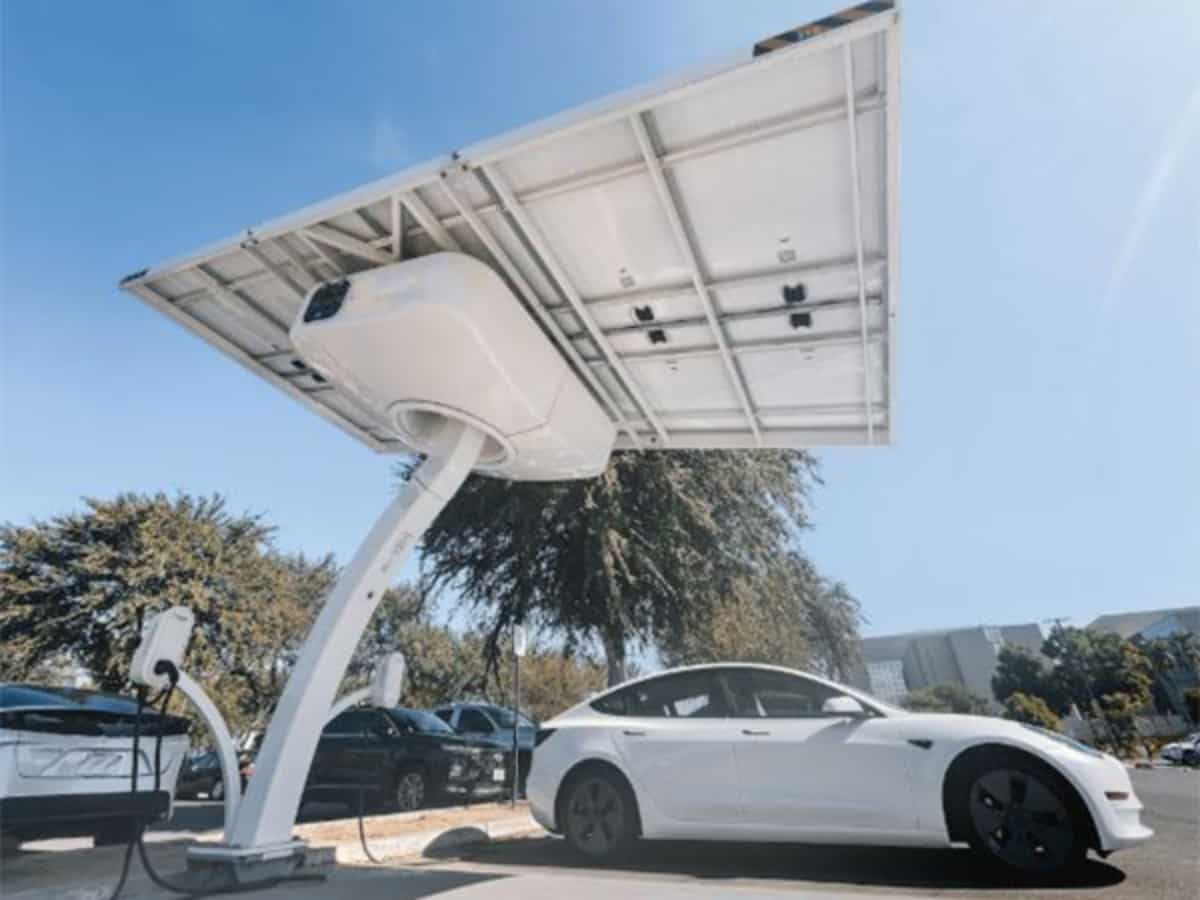As the Modi government marks 11 years in power, India’s automotive landscape stands at a crossroads between its fossil-fueled past and an electrified future. Under Prime Minister Narendra Modi’s leadership, policies targeting climate goals, domestic manufacturing, and sustainable mobility have significantly shaped the way Indians own and operate cars.
EVs in the Spotlight
At COP26, Prime Minister Modi pledged that India would achieve net-zero carbon emissions by 2070, with a target of reducing emissions intensity by 45% from 2005 levels by 2030. The transportation sector — one of the largest contributors to greenhouse gas emissions — is now central to India’s decarbonisation efforts.
Electric vehicles (EVs) are viewed as a key solution, yet adoption remains low. As of now, EVs constitute only 1.66% of total vehicle sales, and among four-wheelers, the penetration is even smaller at just 0.1%. Despite this, the government is pushing forward with aggressive policies to accelerate the transition.
EV targets and economic benefits
India aims for 30% of new vehicle sales to be electric by 2030. This shift is not only climate-driven — it’s economically strategic. A successful EV transition could reduce crude oil imports by over $14 billion annually. The rapid adoption of electric two- and three-wheelers, classified as Light Electric Vehicles (LEVs), is expected to drive this change.
To support this transition, the government launched the FAME (Faster Adoption and Manufacturing of Hybrid and Electric Vehicles) scheme, allocating over $96.8 million. Incentives span both supply and demand sides, and 18 of India’s 28 states have either implemented or drafted their own EV policies.
Local roduction vs Import Barriers
The Modi government has strongly emphasized self-reliance in EV manufacturing. Through Production-Linked Incentive (PLI) schemes, India is building capacity for domestic production of EV components, especially lithium-ion batteries. International and local firms are now investing in setting up manufacturing hubs.
However, high import duties — 60% for EVs priced under $40,000 and 100% for those above — along with elevated tariffs on components like lithium-ion cells, remain a sticking point. While these policies aim to protect domestic manufacturers, they also inflate EV prices, particularly in the premium car segment. Experts argue that a temporary reduction in import duties could boost adoption and allow global players like Tesla and Audi to scale up operations in India.
Closing the charging gap
One of the biggest barriers to EV adoption in India is inadequate charging infrastructure. As of June 2021, India had just 934 charging stations across the country — a stark contrast to China’s 900,000. Under the FAME scheme, 2,877 new charging stations are planned across 25 states by 2024.
To make EVs viable for all users, equitable access to charging — including in residential and less-commercial areas — is crucial. The government is considering incentives such as property tax relief to housing societies to encourage private installations. A mix of low- and high-power chargers is essential to meet diverse needs across urban and rural areas.
Towards a circular battery economy
Battery waste management is an emerging concern. While EV adoption grows, India must plan for end-of-life management of lithium-ion batteries. The 2019 National Mission on Transformative Mobility and Battery Storage set the foundation for domestic battery production, but recycling infrastructure remains underdeveloped.
According to estimates, EV batteries will account for 80% of India’s lithium-ion market by 2030. Recycling not only mitigates environmental risks but also reduces dependence on imported lithium. The 2020 draft Battery Waste Management Rules, which make battery producers responsible for recycling, are a positive step — but timely incentives and regulatory clarity are needed to attract players into the market. Companies like Gravita India are already eyeing this $1 billion opportunity.
Policy, willpower and equity
While India’s EV journey is gaining traction, several roadblocks remain — including high upfront costs, range anxiety, and limited charging options. A holistic and inclusive policy framework is essential to overcome these barriers.
As India celebrates 11 years of the Modi administration, the push towards electric mobility represents a pivotal moment. The technology exists. The economic and environmental rationale is clear. What’s needed now is consistent political will, integrated infrastructure planning, and equitable implementation to ensure that the electric revolution benefits all Indians — not just a privileged few.
Anurag Dhole is a seasoned journalist and content writer with a passion for delivering timely, accurate, and engaging stories. With over 8 years of experience in digital media, she covers a wide range of topics—from breaking news and politics to business insights and cultural trends. Jane's writing style blends clarity with depth, aiming to inform and inspire readers in a fast-paced media landscape. When she’s not chasing stories, she’s likely reading investigative features or exploring local cafés for her next writing spot.






